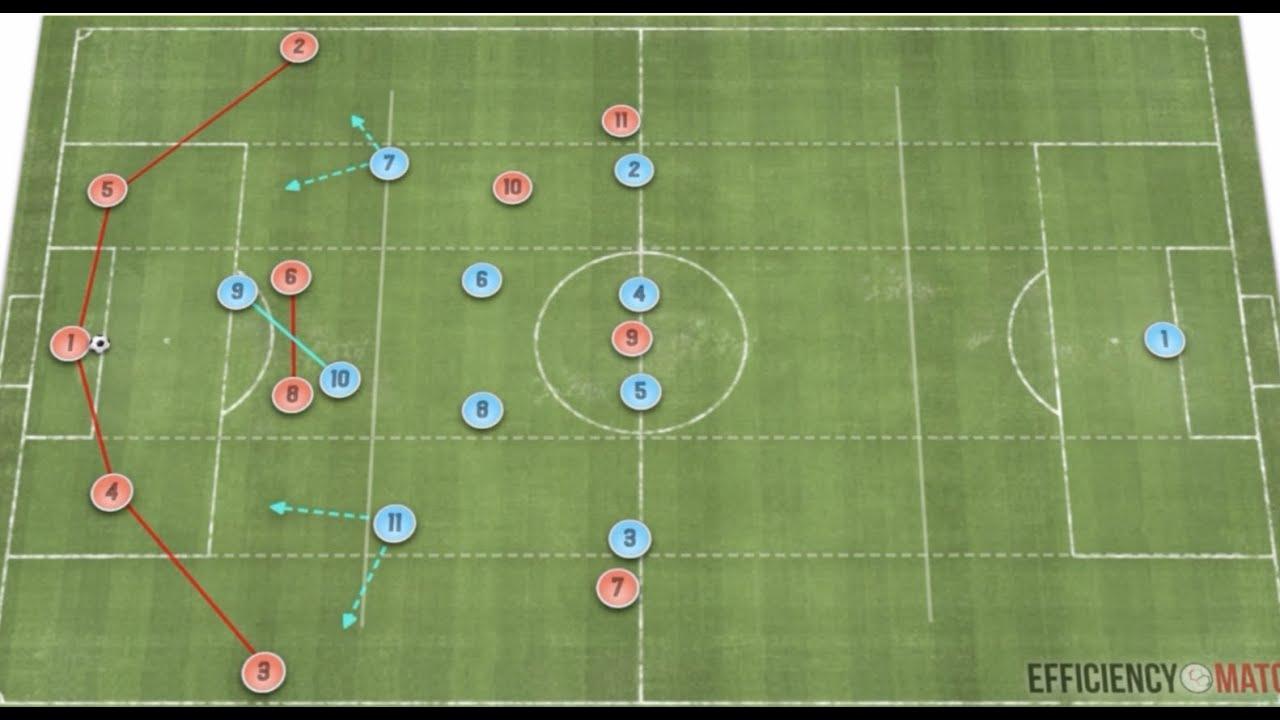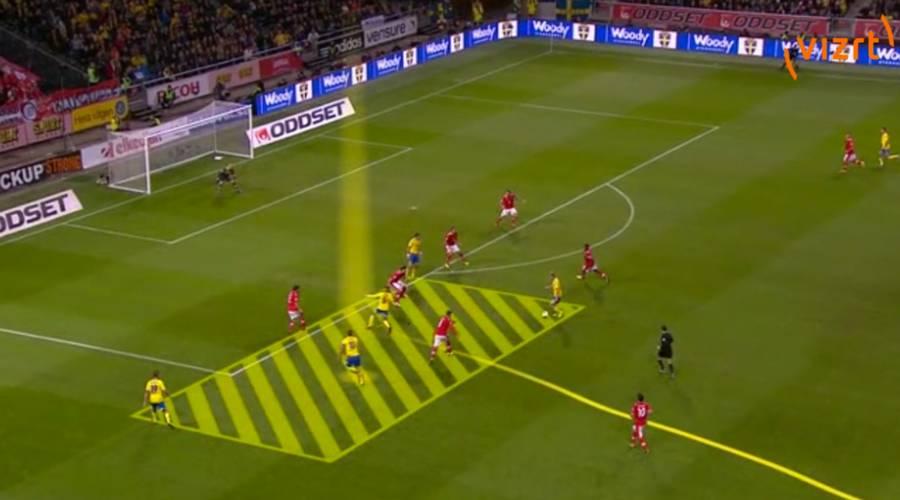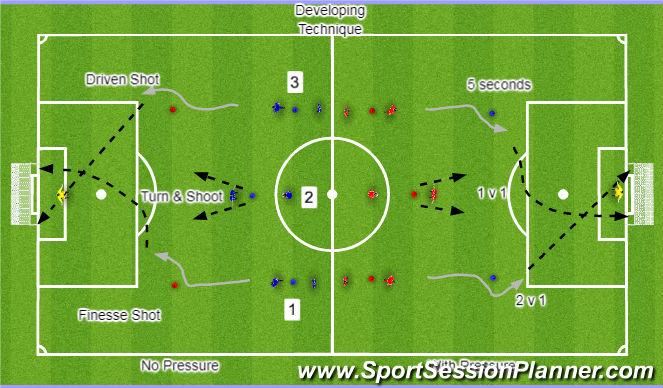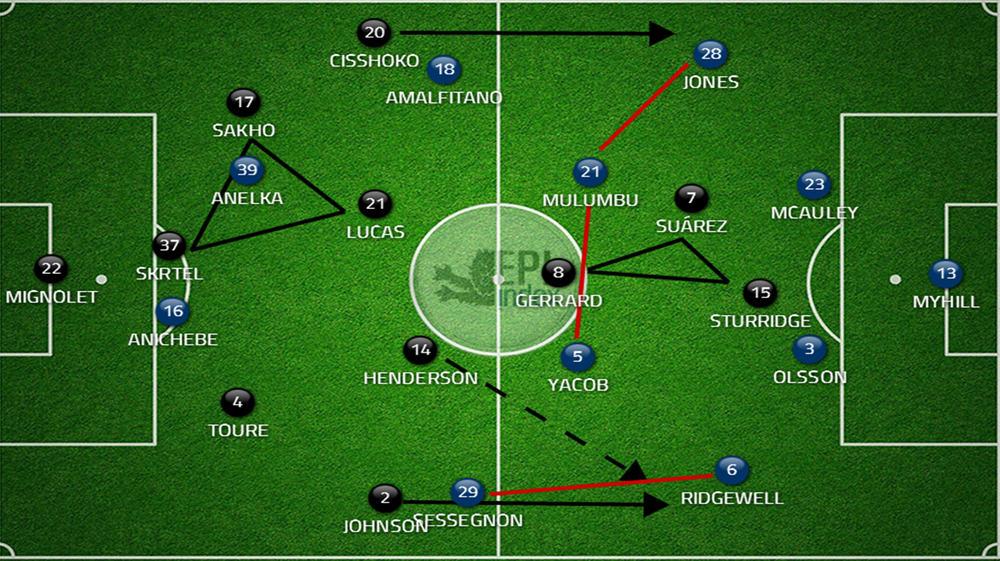In the world of sports, few experiences rival the thrill of a soccer match. From the thunderous cheers of the crowd to the intricate ballet of players weaving through defenses, the beautiful game captivates millions. But for those looking to delve deeper, beyond the surface excitement, lies a realm of analysis that transforms the ordinary spectator into a keen observer. Understanding the nuances of soccer requires a blend of tactical insight, statistical acumen, and an appreciation for the artistry displayed on the pitch. In this article, we will guide you through the essential techniques and tools needed to analyze soccer games effectively, helping you to uncover the layers of strategy, performance, and decision-making that define the matches you love. Whether you’re a novice hoping to deepen your understanding or a seasoned fan seeking a fresh perspective, this journey into game analysis promises to enhance your appreciation of soccer’s rich tapestry.
Table of Contents
- Understanding Tactical Formations and Their Impact on Team Performance
- Key Metrics for Evaluating Player Contributions and Game Dynamics
- Decoding Match Patterns: How to Identify Strengths and Weaknesses
- Utilizing Video Analysis Tools for In-Depth Game Insights
- Q&A
- Future Outlook

Understanding Tactical Formations and Their Impact on Team Performance
Tactical formations are the backbone of a soccer team’s strategic approach, shaping not only the gameplay but also impacting overall team performance. Each formation provides unique opportunities and challenges, influencing how players interact on the field. For example, a 4-4-2 formation emphasizes a balanced approach, where midfielders support both defense and attack. In contrast, a 4-3-3 formation places more emphasis on attacking play, allowing wingers to stretch the opposition’s defense while maintaining width. Understanding these configurations can help analysts gauge how effectively a team utilizes its resources and adjusts during matches.
Moreover, analyzing the impact of these formations involves observing various elements such as player movement, spacing, and the transition between attacking and defending. Key factors to consider include:
- Player Roles: How well players adapt to their designated positions?
- Team Cohesion: Do players maintain their formation during dynamic play?
- Off-the-Ball Movements: How effectively do players position themselves to create space or intercept passes?
| Formation | Main Strengths | Main Weaknesses |
|---|---|---|
| 4-4-2 | Balanced midfield control | Limited width in attack |
| 4-3-3 | Strong attacking presence | Vulnerable in midfield |
| 3-5-2 | Control in midfield | Exposed flanks |
By analyzing these dimensions, observers can better appreciate the complexities of team dynamics and their implications on match outcomes, ultimately enhancing their understanding of the beautiful game. For deeper insights and analysis, visit www.betreward.com.

Key Metrics for Evaluating Player Contributions and Game Dynamics
To effectively evaluate player contributions in soccer games, several key metrics can be utilized. These metrics provide insights into a player’s performance on both an individual and team level. Key performance indicators include:
- Goals and Assists: Fundamental in assessing a player’s attacking prowess.
- Pass Completion Rate: Indicates a player’s ability to maintain possession and contribute to offensive buildup.
- Defensive Actions: Such as tackles and interceptions, highlight contributions to the team’s defensive stability.
- Distance Covered: Reflects a player’s work rate and movement off the ball.
- Shots on Target: Demonstrates a player’s effectiveness in creating scoring opportunities.
Beyond individual metrics, understanding game dynamics is crucial for a comprehensive analysis. Factors such as:
- Possession Percentage: Helps gauge which team dominated the ball.
- Formation and Tactical Changes: Offers insight into how teams adapt and react during the match.
- Set Piece Efficiency: Evaluating corners and free-kicks can reveal strategic advantages.
| Player | Goals | Assists | Pass Completion (%) |
|---|---|---|---|
| Player A | 12 | 5 | 85% |
| Player B | 8 | 10 | 78% |
| Player C | 15 | 3 | 90% |
For those looking to delve deeper into player analysis and game dynamics, resources such as www.betreward.com can provide additional tools and insights.

Decoding Match Patterns: How to Identify Strengths and Weaknesses
To truly understand a soccer match, it’s essential to analyze how teams interact on the pitch. By carefully observing player movements, formations, and tactics, you can uncover the underlying strengths and weaknesses of both teams. Start by focusing on key areas such as:
- Formation Efficiency: How well do players execute their roles within their chosen formation?
- Defensive Organization: Are defenders communicating effectively and positioning themselves to counter opposing attacks?
- Transitions: How quickly can a team shift from defense to offense and vice versa?
Another critical aspect is examining individual player performances. Take note of players who consistently influence the game, whether positively or negatively. Consider creating a simple table to visualize these insights by tracking specific metrics:
| Player | Strengths | Weaknesses |
|---|---|---|
| Player A | Strong dribbling, good vision | Inconsistent passing |
| Player B | Solid defense, great positioning | Lacks pace |
Utilizing resources like BetReward can enhance your analysis by providing statistics and insights from past matches, allowing you to identify patterns over time and make informed conclusions about team dynamics.

Utilizing Video Analysis Tools for In-Depth Game Insights
Embracing modern technology, video analysis tools offer unmatched opportunities for dissecting soccer games. These platforms can break down complex plays into digestible clips, allowing coaches and players to study specific scenarios closely. Benefits of utilizing these tools include:
- Performance Insights: Analyze individual performances to identify strengths and weaknesses.
- Tactical Understanding: Gain insights into team formations and adapt strategies in real-time.
- Player Development: Provide personalized feedback that fosters skill enhancement.
Additionally, many video analysis systems employ advanced metrics and statistical overlays that can transform raw footage into actionable insights. By categorizing moves and creating visual representations, coaches can more effectively communicate strategies. Consider implementing a systematic review process by organizing video sessions that focus on:
| Session Focus | Goals |
|---|---|
| Defensive Structure | Identify gaps and improve positioning. |
| Offensive Plays | Enhance creativity and coordination among players. |
| Set Pieces | Refine execution for better scoring opportunities. |
This structured approach not only elevates the analytical process but also creates a culture of continuous improvement within the team, ultimately leading to greater success on the field. For more advanced resources and tools, visit BetReward.
Q&A
Q&A: How to Analyze Soccer Games
Q1: Why is analyzing soccer games important for fans and players alike?
A1: Analyzing soccer games provides deeper insights into player performances, team strategies, and overall game dynamics. For fans, it enhances the viewing experience, transforming casual observation into informed discussions. For players and coaches, understanding the nuances of gameplay can inform training, strategy adjustments, and improve overall performance on the field.
Q2: What key statistics should one focus on when analyzing a soccer game?
A2: While many statistics are available, the most critical ones often include possession percentage, total shots (on and off target), pass accuracy, duels won, and defensive actions (tackles and interceptions). Advanced metrics like expected goals (xG) and player efficiency ratings can also provide a more comprehensive view of the game’s outcome and team performance.
Q3: How can one break down team strategies effectively?
A3: Start by observing the formation each team employs throughout the match. Identify patterns in how they transition between defense and attack. Consider the spacing between players, movement off the ball, and how frequently they press an opponent. Watching replays and highlights focusing on specific plays can reveal a team’s preferred strategies and weaknesses.
Q4: What role does player positioning play in game analysis?
A4: Player positioning is critical in understanding how teams execute their strategies and how well they adapt to opponents. Noting where players occupy space both offensively and defensively can shed light on tactical setups. For instance, does a forward drop deep to link play, or does a full-back frequently overlap into attacking positions? Analyzing these movements can illuminate a team’s offensive and defensive philosophies.
Q5: Are there any technological tools available for analyzing soccer games?
A5: Yes, a variety of tools, such as video analysis software and soccer performance analytics platforms, can be invaluable. Programs like Wyscout, InStat, and Hudl provide in-depth statistics, video breakdowns, and match reports. These resources enable analysts to scrutinize player movements, formations, and decision-making processes in unprecedented detail.
Q6: Can you recommend any specific games or matches to study for beginners?
A6: For beginners looking to analyze soccer games, classic encounters such as the 2010 FIFA World Cup final between Spain and the Netherlands or the 2019 UEFA Champions League final between Liverpool and Tottenham Hotspur are great starting points. They showcase distinct strategies and pivotal moments that can illuminate the key principles of soccer analysis.
Q7: How do emotions and psychological aspects influence the analysis of games?
A7: Emotions are inherent to soccer, affecting players’ performances and decision-making. Analyzing pre-game dynamics, player interactions, and in-game reactions can provide context to the game. Understanding how elements like crowd support, referee decisions, and the stakes of a match influence player behavior enriches the overall analysis.
Q8: How can fans use their analyses to enhance their enjoyment of soccer?
A8: Fans can enhance their enjoyment by sharing analyses with fellow supporters, engaging in discussions about tactics, and deepening their understanding of the sport’s intricacies. By creating a context for what unfolds on the pitch, fans can appreciate not just the magic of a goal or a save, but the strategic ballet that is soccer.
Q9: how can one continue to improve their soccer analysis skills?
A9: Continuous improvement comes from consistent practice and exposure. Watching games critically, reading analytical articles, engaging in online forums, and participating in coaching clinics can bolster your understanding. Following expert analysts on social media and exploring various soccer formats can also enrich your skill set, helping you become a more astute observer of the beautiful game.
Future Outlook
As the final whistle blows and the excitement of the match begins to fade, the true essence of the beautiful game lingers on in the minds of those who dare to delve deeper. Analyzing soccer games is not merely about tallying scores and tracking player statistics; it’s an art that combines intuition with critical thinking, inviting enthusiasts to explore the intricate dance of tactics, strategy, and individual brilliance on the pitch.
By embracing this analytical approach, you can transform your viewing experience from passive observation to active engagement. Whether you’re a die-hard fan, a budding coach, or a curious novice, understanding the nuances of a match will enrich your appreciation for the sport and empower you to converse knowledgeably with fellow aficionados.
As you embark on this journey of analysis, remember that every match is a story waiting to be told—full of twists, turns, and unexpected moments that transcend the final score. So, gather your notes, sharpen your observations, and prepare to unveil the deeper narratives woven into each game. After all, in soccer, the magic lies not just in the goals that are scored, but in the many layers that unfold in the quest for triumph. Happy analyzing!

